#sloths
Text
https://carolyn-327.tengp.icu/t/A1mqdFv
#neko atsume#documentary#rosie huntington-whiteley#cars 3#levi ackerman#trees#mending#[ My art ]#susie#sloths#jerma#creepy pasta#achievement hunter#joy#dungeon meshi
121 notes
·
View notes
Text
https://lori-287.suduso.com.cn/pw/uw8G5KH
#Ruins#fitspo#sloths#jerma#creepy pasta#achievement hunter#dungeon meshi#tgcf#hijab#konig x reader#lee minho#awkward#image comics#muscle god
122 notes
·
View notes
Text

17K notes
·
View notes
Note
all kidns of strange and wonderful beafts in the world. how do we even know them all. wh
That’s the beauty of it: we don’t know them all! We’re constantly discovering new species! Granted, some of these discoveries weren’t completely unknown to science and were only misidentified as a different animal, but they’re still pretty cool nonetheless. Here are some mammals that were discovered in the past few years:

The Popa langur (Trachypithecus popa), first described in 2020.


The northern greater glider (Petauroides minor) and the central greater glider (Petauroides armillatus), upgraded from subspecies of the southern greater glider (Petauroides volans), to their own species in 2020.

The Ramari’s beaked whale (Mesoplodon eueu), described from a single beached specimen in 2021!
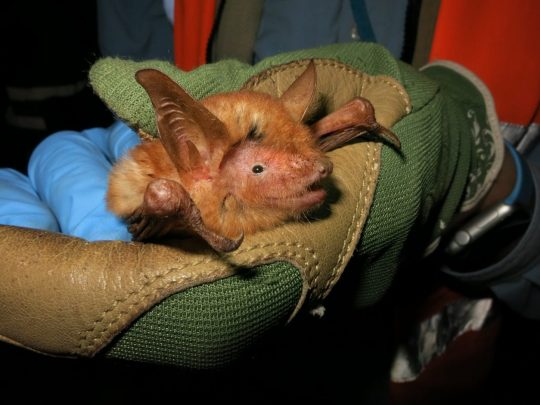
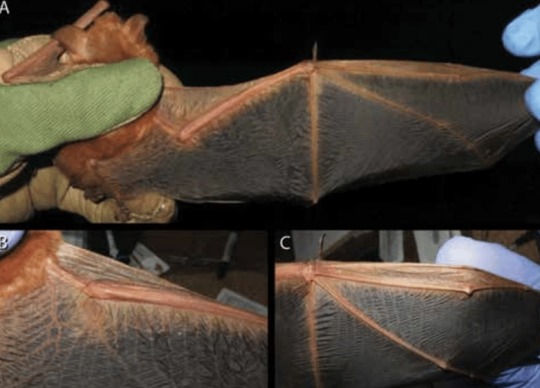
The striking Halloween colored Nimba myotis bat (Myotis nimbaensis), described in 2021.

The southern maned sloth (Bradypus crinitus), first described in 2022.

The Benin tree hyrax (Dendrohyrax interfluvialis), first described in 2022.


The eastern Mindanao gymnure (Podogymnura intermedia) and the Kitanglad gymnure (podogymnura minima), first described this year, in January 2023.
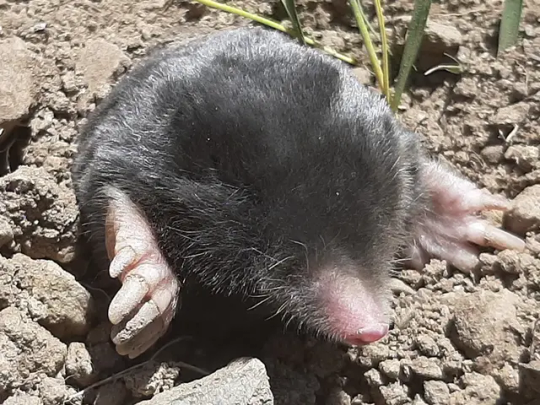
And the Talpa hakkariensis mole, described just last month in August 2023!
1K notes
·
View notes
Text

It took them forever to finish the first level.
338 notes
·
View notes
Text
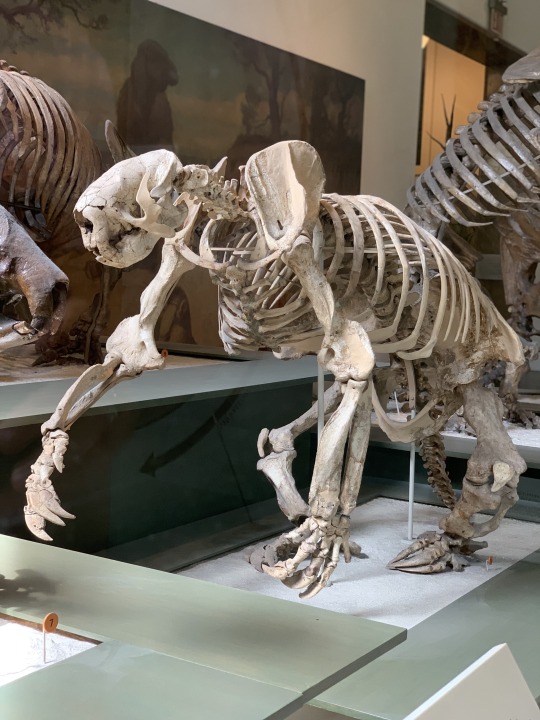
It’s Fossil Friday! If you’re feeling slothful, you aren’t alone. Meet Megalonyx wehatleyi! This giant ground sloth’s scientific name means “great claw.” About 9 million years ago, before the Isthmus of Panama had formed, megalonychid ground sloths crossed from South America to North America. Megalonyx wheatleyi was the result of almost 8 million years of sloth evolution on the North American continent. See it in the Museum’s Hall of Primitive Mammals!
Photo: E. Louis/ © AMNH
#science#fossil#amnh#museum#natural history#paleontology#nature#animals#dyk#fact of the day#mammals#sloth#sloths#fossil friday
609 notes
·
View notes
Photo
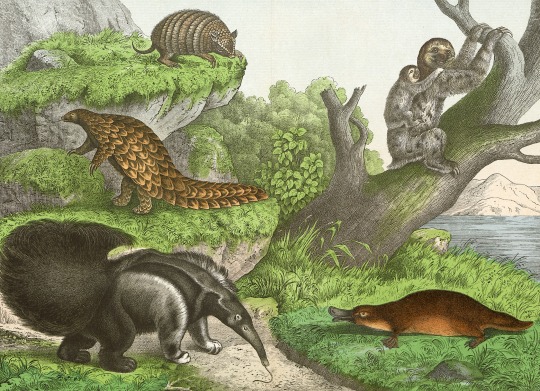
Naturgeschichte der Säugetiere - G. H. Schubert - 1889 - via Staatsbibliothek zu Berlin
321 notes
·
View notes
Text

Two-Toed Sloths by Louis A. Sargent. From Wild Beasts of the World, Vol. Two. Written by Frank Finn, published in 1909.
Internet Archive
103 notes
·
View notes
Text

70 notes
·
View notes
Photo
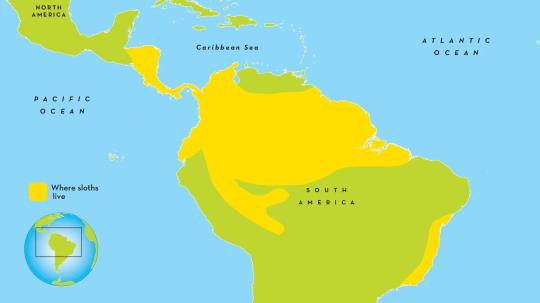
Sloths are taking control over the continent
205 notes
·
View notes
Text
124 notes
·
View notes
Text
https://stephanie-042.mjcyd.asia/v/q7hS1vk
#rayllum#tvd#toshio saeki#susie#sloths#creepy pasta#joy#kol mikaelson#hijab#konig x reader#charlotte sartre#darshelle stevens#image comics
126 notes
·
View notes
Text
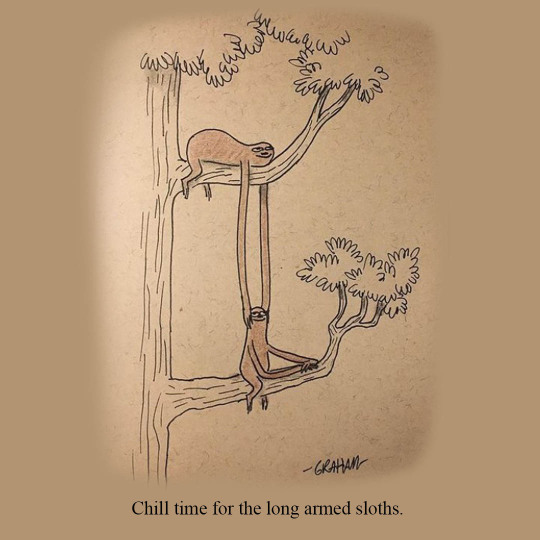
Meditate slowly.
214 notes
·
View notes
Text
#sloths#creepy pasta#joy#tgcf#lee minho#darshelle stevens#kurt cobain#muscle god#artemis fowl#small cock fag#hbo max#miraculous#tittituesday#earl sweatshirt
138 notes
·
View notes
Text
https://haley-639.mxtkh.fun/gf/RTNiFpO
#gta v#manga and stuff#one piece x reader#jonathan groff#nude art#ellen page#fashion#levi ackerman#mending#Ruins#sloths
127 notes
·
View notes